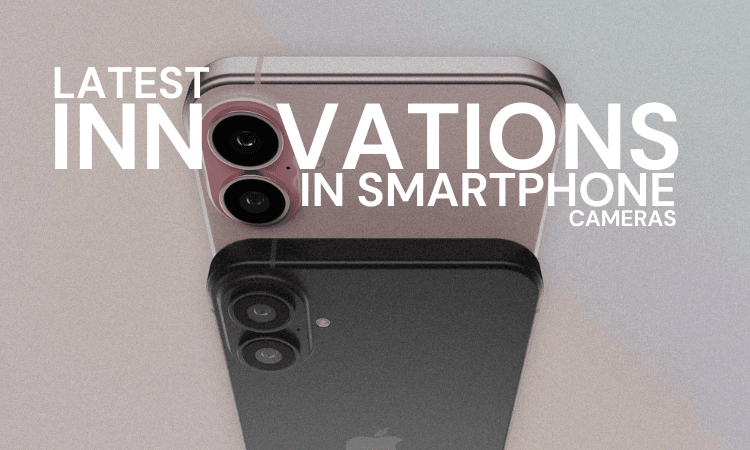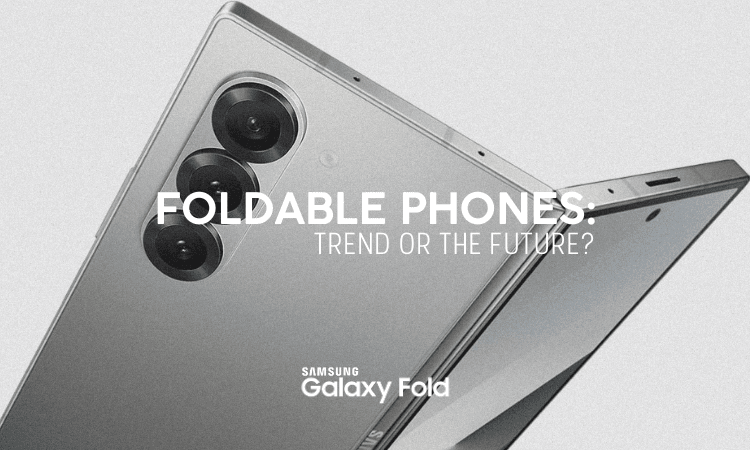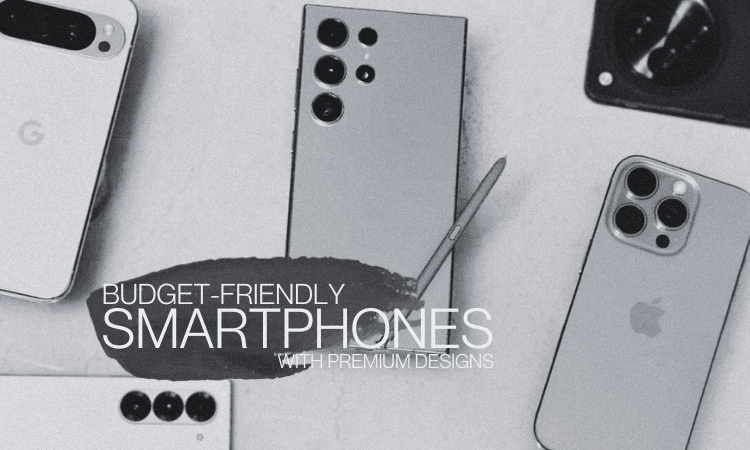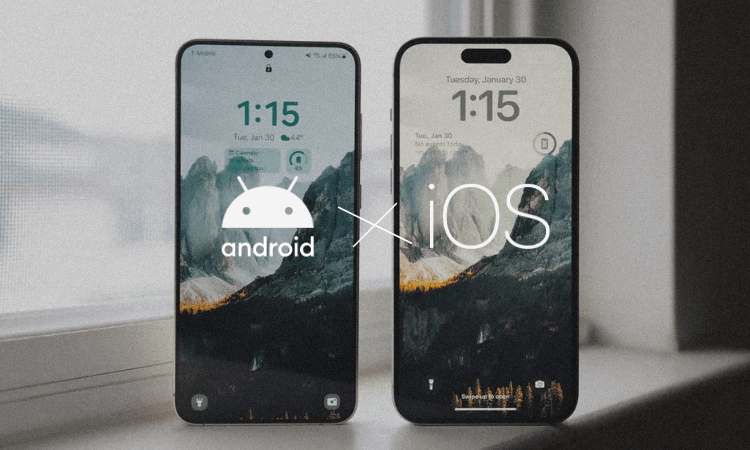5G technology has been the talk of the town, with promises of faster speeds, better connectivity, and a more robust user experience. This next-generation network technology has sparked debates on whether it’s worth upgrading to a 5G-enabled phone. While 4G is still widely used and reliable, 5G claims to offer superior performance. In this article, we will dive into the benefits and drawbacks of 5G phones, comparing them with 4G phones, and help you decide if the upgrade is worth it.
The fifth generation of wireless technology, commonly known as 5G, is designed to deliver faster speeds, lower latency, and more reliable connections compared to its predecessor, 4G. With major telecommunications companies rolling out 5G networks worldwide, the availability of 5G-enabled phones has surged. However, the question remains: should you upgrade to a 5G phone now, or is it better to wait? This article aims to provide a comprehensive overview, making it easier for you to make an informed decision.
Key Benefits of 5G-Enabled Phones
5G-enabled phones come with a plethora of advantages that make the upgrade appealing.
Speed and Performance
5G phones offer significantly faster download and upload speeds than 4G. This means quicker access to your favorite content, smoother streaming of videos, and an overall enhanced user experience. For example:
- Faster Downloads: You can download large files, such as movies or games, in seconds instead of minutes. This is especially beneficial for users who frequently download content on the go.
- Improved Streaming: Enjoy high-definition videos without buffering, even in 4K or VR formats. This can enhance your experience when watching live events, video conferencing, or using augmented reality apps.
- Responsive Gaming: Experience real-time online gaming with minimal lag. Gamers will appreciate the low latency, which is crucial for competitive gaming.
The increased speed and performance of 5G can significantly improve your daily activities, making your phone more efficient and enjoyable to use.
Enhanced Connectivity

5G provides better performance in crowded areas, such as stadiums, airports, and concert venues. It offers more stable connections, reducing the chances of being disconnected during important activities.
- Stability: With 5G, there’s a lower chance of dropped calls or lost connections during peak times. This is particularly useful in densely populated areas or events where many people are using their phones simultaneously.
- Capacity: 5G can handle more devices simultaneously, making it ideal for smart homes and IoT devices. This means you can connect multiple devices to the network without experiencing a decline in performance.
Enhanced connectivity ensures that you stay connected when it matters most, providing a seamless and reliable experience.
Future-Proofing
Investing in a 5G-enabled phone ensures compatibility with future technologies. As more applications and services leverage 5G, having a capable device will keep you prepared for what’s to come.
- Compatibility: Future technologies and applications will be designed with 5G in mind. By upgrading to a 5G phone, you’ll be ready to take advantage of new features and services as they become available.
- Innovation: Access to new features and services that are exclusive to 5G. This includes advancements in areas such as telemedicine, smart cities, and autonomous vehicles.
Future-proofing your device by upgrading to 5G can provide long-term benefits, ensuring that you stay ahead of technological advancements.
Current Limitations and Drawbacks
Despite the impressive benefits, 5G phones have some limitations that might make you reconsider.
Limited Coverage
5G coverage is still expanding. Currently, 5G is mainly available in urban areas, with rural regions often lacking access. Before upgrading, check if your area has adequate 5G coverage.
- Urban vs. Rural: Urban areas have better 5G coverage compared to rural areas. If you live in a rural area, you might not experience the full benefits of 5G.
- Travel Considerations: If you travel frequently to areas without 5G, you might not benefit from the upgrade. It’s essential to consider your typical usage patterns and locations before making the switch.
The limited coverage of 5G can be a significant drawback, especially for users in areas where the network is not yet fully developed.
Battery Life
Using 5G can drain your phone’s battery faster compared to 4G. This means you may need to charge your device more frequently or invest in a larger battery capacity.
- Increased Usage: High-speed connectivity can lead to more data usage and battery drain. As you take advantage of faster speeds, your phone’s battery might deplete quicker than expected.
- Device Design: Some 5G phones might have bulkier designs to accommodate larger batteries. This can affect the overall aesthetics and portability of the device.
Battery life considerations are crucial, as frequent charging can be inconvenient and impact your daily usage.
Higher Costs
5G-enabled phones generally come with a higher price tag. Additionally, 5G plans may cost more than their 4G counterparts. Consider your budget and whether the extra expense is justified.
- Device Costs: 5G phones are typically more expensive than 4G phones. The advanced technology and features contribute to the higher price point.
- Plan Costs: 5G data plans may have higher monthly fees. Evaluate the cost of the device and the associated data plans to determine if it fits within your budget.
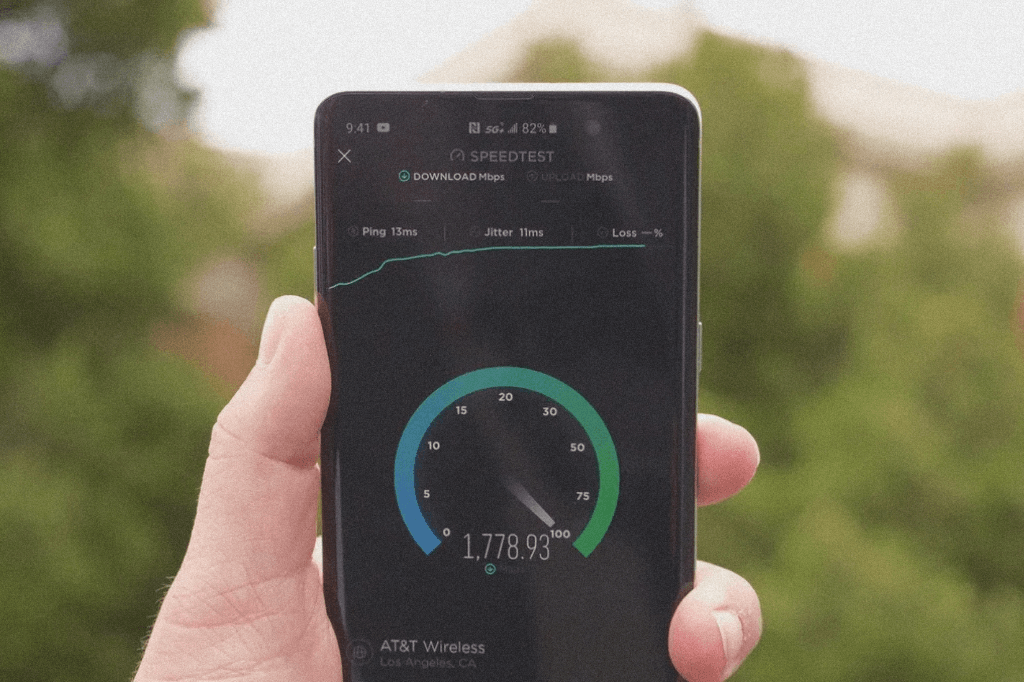
Higher costs can be a significant barrier, and it’s essential to weigh the benefits against the financial investment required.
Comparison with 4G Phones
To make an informed decision, it’s essential to compare 5G phones with 4G phones.
Speed and Connectivity Differences
- 5G: Offers faster speeds, lower latency, and more stable connections, making it ideal for high-demand applications like streaming, gaming, and IoT devices.
- 4G: While slower than 5G, 4G is still reliable for most daily tasks, such as browsing the web, social media, and messaging.
The differences in speed and connectivity are apparent, but the benefits of 5G may not be necessary for all users.
Usage Scenarios
- 5G: Beneficial for users who stream high-quality videos, play online games, and use multiple connected devices. If you frequently engage in data-intensive activities, 5G can enhance your experience.
- 4G: Sufficient for users who primarily browse the internet, use social media, and communicate via messaging apps. For everyday tasks, 4G remains a reliable and cost-effective option.
Considering your typical usage scenarios can help determine whether the upgrade to 5G is necessary.
Who Should Consider Upgrading?
Not everyone needs to rush to get a 5G phone. Here’s who should consider making the upgrade.
Early Adopters and Tech Enthusiasts
If you love having the latest technology and exploring new features, a 5G phone might be right for you. Early adopters can take advantage of the cutting-edge technology and stay ahead of the curve.
Users in Areas with Strong 5G Coverage
If you live in an area with robust 5G coverage, you can take full advantage of the benefits it offers. This is especially true if you frequently find yourself in crowded places where 5G’s enhanced connectivity shines.
Professionals Needing the Latest Technology
Certain professionals, such as those in tech, media, and creative industries, may benefit from the enhanced capabilities of 5G phones. If your work relies on fast data transfer, high-quality streaming, or real-time collaboration, a 5G phone can be a valuable tool.
Conclusion
In summary, while 5G-enabled phones offer impressive speed and connectivity improvements, they come with certain drawbacks such as limited coverage, higher costs, and potential battery life issues. Whether you should upgrade depends on your personal needs, budget, and location. For some, the benefits will outweigh the drawbacks, making it a worthwhile investment. For others, sticking with a reliable 4G phone may be the better choice for now.

